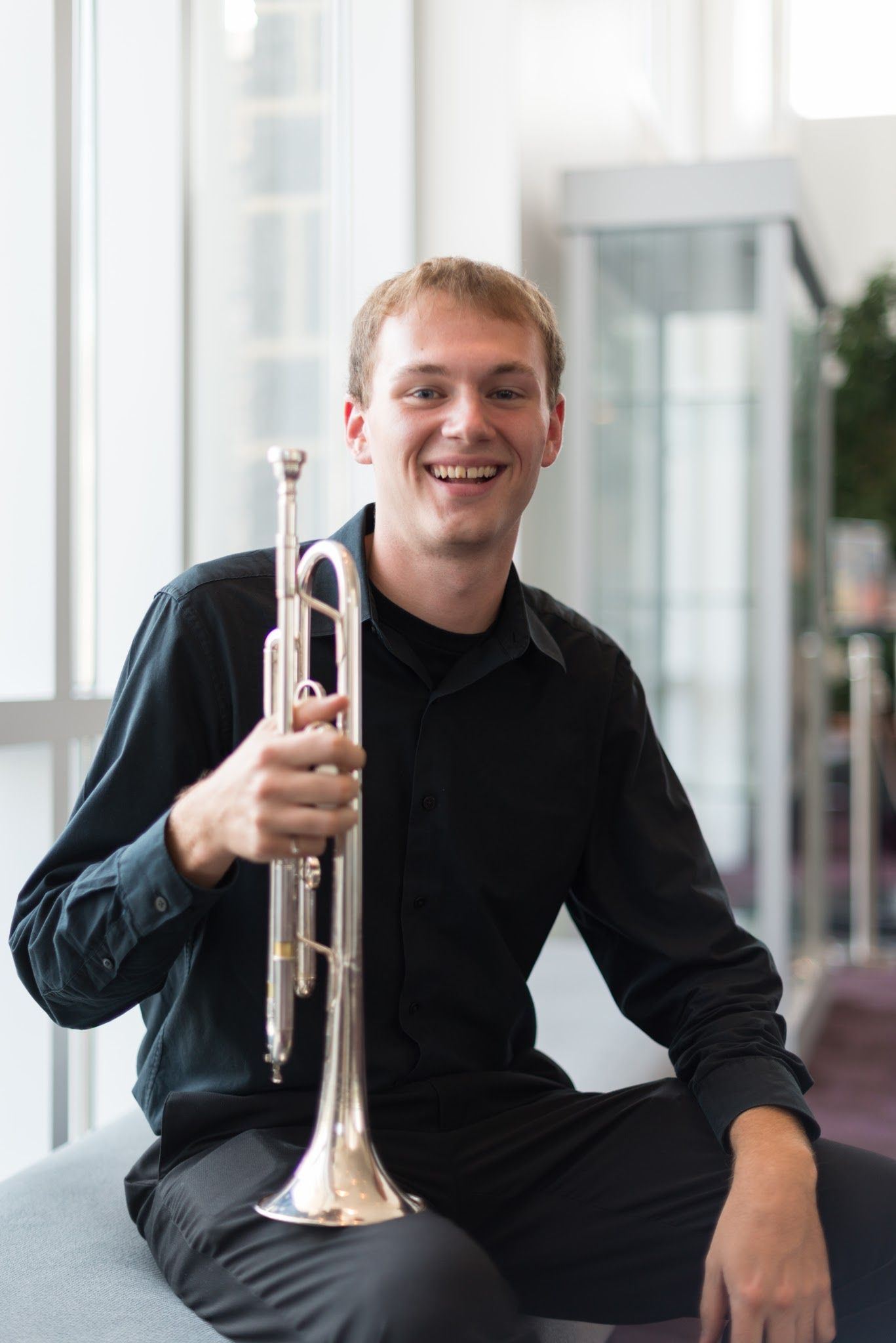In this season of school closures and social distancing, many educators have been tasked with converting their classrooms into an online format. Listening assignments are incredibly valuable and easy to implement in our new educational landscape. In this series of posts, I’ll be sharing some tips and tricks to get your students introduced to the process of deep listening.
Jazz is a complex style of music with each instrument contributing an essential role in the performance. In order for students to become “fluent” in the language of the music, they must be aware of how all of the pieces of the puzzle fit together. The best way to achieve this level of understanding is through frequent listening.
We live in a fast-paced, mile-a-minute world where students are often attempting to focus on multiple things at once. Science shows that humans are not great at multitasking. When our attention is split among numerous things, the quality of our performance suffers.
Deep listening, one of the most important musical skills we can teach our students, demands all of our attention. However, stopping and focusing on one thing for minutes at a time can be a huge challenge for some students. This exercise of creating a listening list is a perfect first step for training students in this process.
Getting started with Deep Listening
The first step is to pick a recording that is of appropriate length for your students. For younger students a shorter recording may be the best option, or you might even consider focusing on a section of a recording rather than the whole track. As students’ attention spans develop, you can start to introduce longer or more complex tunes. Ideally, it would not be a tune or ensemble that they haven’t listened to very much which will help stretch their observation skills.
The idea behind this exercise is for students to list literally every detail they possibly can while listening to the recording. Nothing is “too obvious” or unimportant, with the goal being to wring every piece of information possible out the performance. Here’s a list of areas on which you could possibly comment:
- Form
- Arranging techniques
- Tone
- Articulation
- Intonation
- Dynamics
- Harmony
- Comping
- Style
- Melodic shape
- Equipment used
- Recording set-up
- Instrumentation
This is definitely not an exhaustive list, but it provides a place to start. You could even listen to the recording and ONLY comment on one of the categories above as a way to focus on one thing.
Deep listening techniques with “Are You Real”
I will demonstrate this approach with “Are You Real” by Benny Golson, performed by Art Blakey and the Jazz Messengers (https://www.youtube.com/watch?v=Yg5n045lvWM). The performers are Art Blakey (drums), Lee Morgan (trumpet), Benny Golson (tenor saxophone), Bobby Timmons (piano), and Jymie Merritt (bass).
Here’s my list:
- Melody call and answer
- medium-fast tempo
- melody starts in harmony, goes to unison at the B section
- stop-time “break” into solo section
- snare “chatter” behind Golson
- active piano comping
- be-bop lines from Benny
- bouncy Lee Morgan sound
- vocalization from someone in rhythm section
- piano slightly less active behind Lee
- rim knocks behind piano solo
- horn backgrounds too
- Timmons playing mostly single lines with harmony for accent
- soloists trade fours with Art
- Art takes 8 bars after the second Lee statement, can hear vocalizing, maybe communicating what’s next?
- bass solo- comping dynamic much softer, crisp hi-hat, sizzle-y ride
- abrupt shift back to head
- head played the same as the beginning
- fermata ending, drum fill over top
This list is not meant to be a polished or finished product. It is simply an awareness exercise that allows your students to engage with the music as they listen. This exercise opens doors up for a great discussion in which your students list off the things that they heard. You’ll be surprised at what they will pick up on.
I encourage you to try this activity for yourself and see the impact that it has on your students!
Enjoy this article?
Get new and interesting articles directly in your inbox. Generally every few weeks or once a month.
